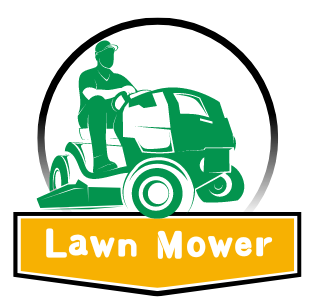A lush, green lawn with neat stripes is something many neighbors admire and shows off great lawn care. The alternating light and dark green stripes not only boost your home’s curb appeal but also highlight the effort you put into keeping your lawn looking great.
Creating this eye-catching effect isn’t just about having the right tools—it’s about learning how to mow your lawn in different patterns.
In this article, we’ll break down how to make those striking stripes, from the basics to more advanced methods. Whether you’re a lawn care pro or just getting started, you’ll find easy tips to make your lawn look its best.
Equipment and Tools for Lawn Mowing Designs
Essential Equipment
Achieving perfectly striped lawns often involves using the right equipment. While you don’t necessarily need specialized gear to create stripes, certain tools and accessories can enhance the effect.
Rollers and Striping Kits: Adding a roller or striping kit to your mower can help press the grass down, enhancing the stripe effect. These accessories are designed to create more defined stripes by applying weight to the grass.
Rollers: Attached to the back of the mower, rollers flatten the grass as you mow, helping achieve more pronounced stripes.
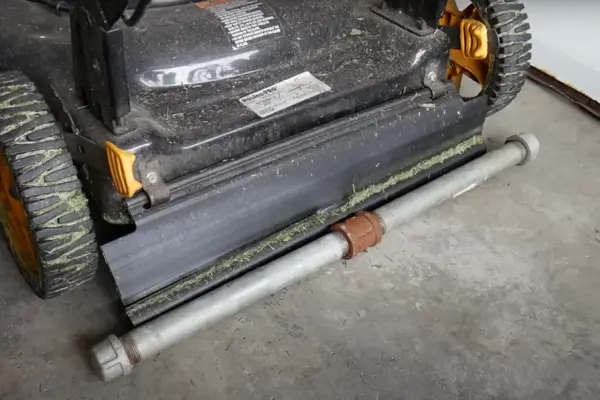
Striping Kits: These kits often include weighted rollers or brushes that can be attached to the mower, enhancing the stripe effect.
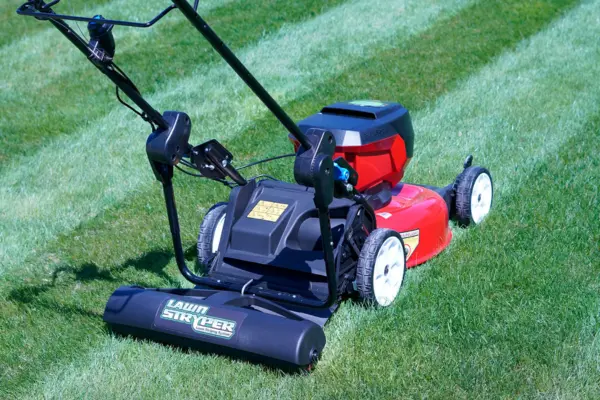
Optional Accessories
Weight Attachments: For those who want to go a step further, weight attachments can be added to your mower. These weights help to bend the grass blades more effectively, resulting in clearer stripes.
DIY Solutions: You can create your own striping tools using materials like PVC pipes and sandbags. These DIY solutions can be a cost-effective way to enhance your lawn striping efforts.
Techniques for Perfect Lawn Striping
Mowing Patterns
Creating perfect stripes isn’t just about having the right equipment; it also involves using the right mowing techniques. The way you mow can make or break the appearance of your stripes. Here are some tips for achieving the best patterns:
Starting Point: Begin mowing from one corner of your lawn. This initial stripe serves as your reference point for all subsequent passes. It’s crucial to keep this first line straight to ensure that all other stripes align correctly.
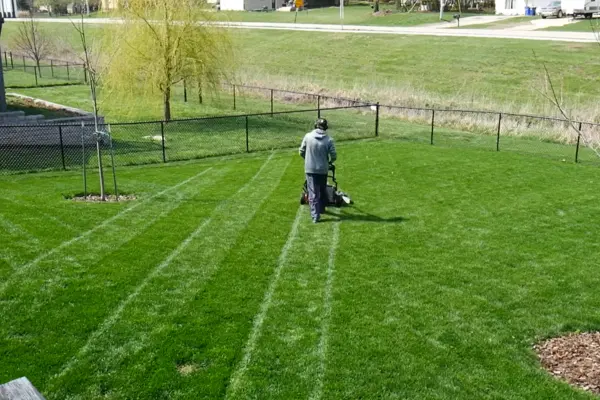
Straight Lines: To maintain straight lines, use visual guides such as the edge of your lawn or a physical marker. Many homeowners find it helpful to look at distant points or use string lines as guides.
Pattern Variations: Once you’ve mastered straight stripes, you can experiment with different patterns:
Diagonal Stripes: Mowing at a 45-degree angle creates dynamic, visually appealing designs. This pattern often makes the lawn look larger and more expansive.
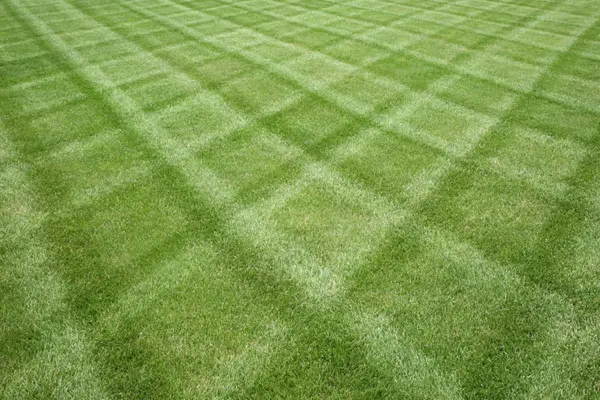
Checkerboard Patterns: By mowing in one direction, then changing to a perpendicular direction, you can create a checkerboard effect. This technique requires precision and practice but yields striking results.
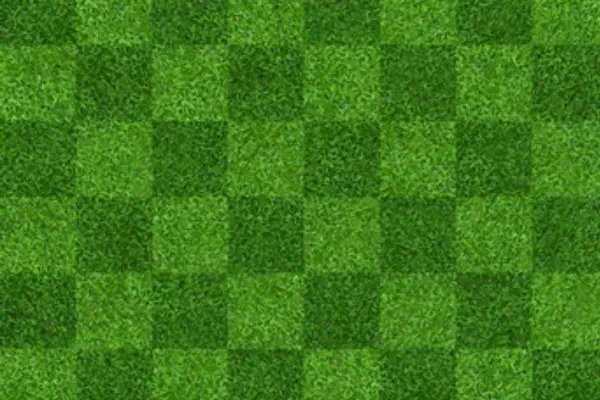
Circle Patterns: For a more complex design, try mowing in circular or star-shaped patterns. These designs require careful planning and consistent technique.
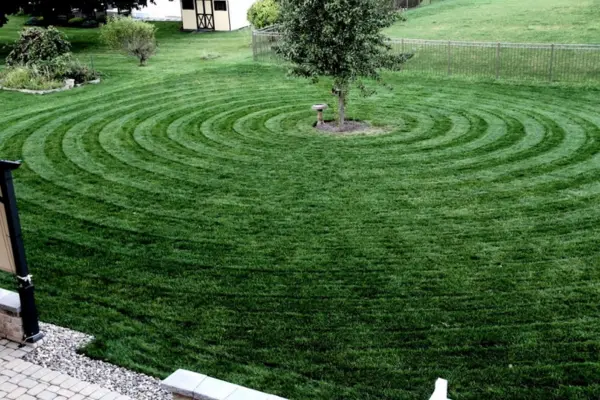
Mowing Height and Frequency
The height at which you mow and how often you mow play critical roles in stripe visibility:
Mowing Height: Taller grass bends more easily, making lawn stripes more visible. However, grass that’s too tall can result in uneven cutting and potential damage. Here’s a general guide for mowing heights:
| Season | Recommended Height | Benefits |
|---|---|---|
| Spring/Fall | 2 to 3 inches | Promotes healthy growth and good stripe definition. |
| Summer | Up to 3.5 inches | Helps grass cope with heat and enhances stripe visibility. |
Mowing Frequency: Regular mowing helps maintain lawn health and stripe appearance. Frequent mowing ensures that the grass stays at an optimal height for striping and reduces the risk of uneven growth.
Weekly Mowing: During peak growing seasons, mow weekly to keep your lawn in top shape and maintain clear stripes.
Bi-Weekly Mowing: In cooler seasons, you might reduce mowing frequency. Ensure you don’t let the grass grow too tall before mowing.
Double Cutting Technique
The double cutting technique is a game-changer for achieving professional-looking stripes. Here’s how to use this method effectively:
Initial Pass: Mow your lawn in one direction. This first pass lays down the basic stripe pattern.
Second Pass: For the second mow, change direction and mow at a slight angle to the first pass. This cross-cutting helps to further define the stripes and creates a more uniform appearance.
Adjust Mower Deck: Lowering the mower deck by about a quarter inch during the second pass can enhance stripe definition and give the lawn a flatter, more carpet-like appearance.
Benefits of Double Cutting: This technique not only improves stripe visibility but also helps in achieving a more uniform cut, giving the lawn a polished, professional look.
Enhancing Your Lawn Mowing Designs
Creative Mowing Designs
Once you’ve mastered basic striping, you can explore more advanced designs to make your lawn stand out:
Patterns for Special Occasions: Create themed patterns for holidays, events, or special occasions. For instance, you could create a heart shape for Valentine’s Day or stars for the Fourth of July.
Incorporating Shapes: Use geometric shapes, letters, or logos to add a personal touch. This might require more planning and precision but can be highly rewarding.
Maintaining Your Stripes
Maintaining your lawn stripes involves regular care and attention:
Regular Mowing: Keep up with your mowing schedule to maintain the stripe patterns. Consistency is key to preserving the look.
Lawn Care: Apply fertilizer and water as needed to keep the grass healthy and vibrant. A well-nourished lawn will retain its striped appearance better.
Edge Maintenance: Regularly trim the edges of your lawn to keep the patterns sharp and defined.
Conclusion
Achieving the best stripes in your lawn requires a combination of the right equipment, techniques, and care. By understanding how lawn striping works, using appropriate tools, and applying effective mowing strategies, you can transform your lawn into a visually stunning masterpiece.
Remember, practice makes perfect, and the more you experiment with different patterns and techniques, the better your stripes will become.
